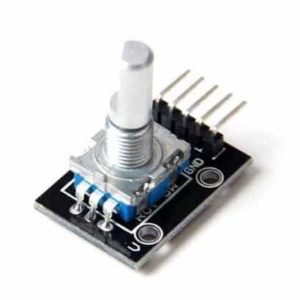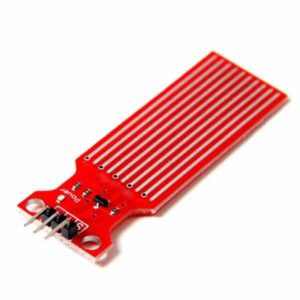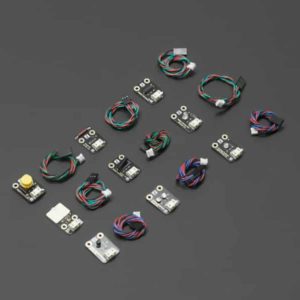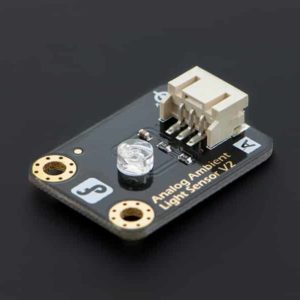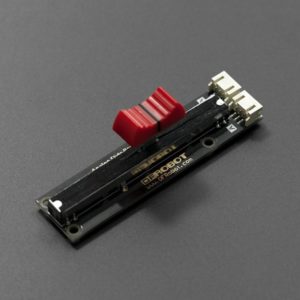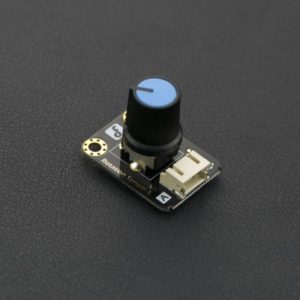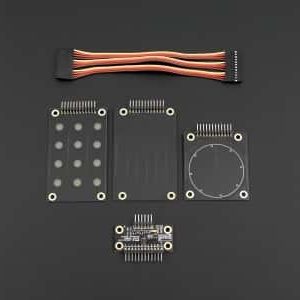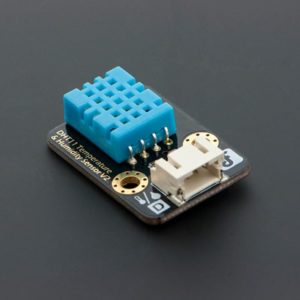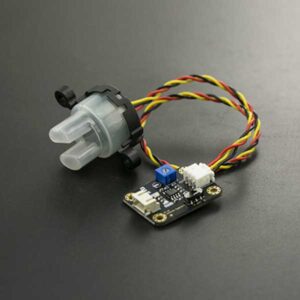Sensors
Result 85-96 is shown of the 122 results
-
Sale!
Rotary Encoder Module KY-040
€3,95 /€3,26 excl. VAT -
Soil Moisture Sensor
€4,45 /€3,68 excl. VAT -
Water-Sensor
€2,44 /€2,02 excl. VAT -
Sale!
9 pcs sensor kit for Arduino
€31,94 /€26,40 excl. VAT -
Analog ambient light sensor
€3,75 /€3,10 excl. VAT -
Sale!
Analog Slide Position Sensor
€7,49 /€6,19 excl. VAT -
Analog rotation sensor V2
€3,99 /€3,30 excl. VAT -
Capacitive Touch Kit for Arduino
-
DHT11 Temperature and humidity sensor Gravity
€6,45 /€5,33 excl. VAT -
Sale!
Digital Line Tracking Sensor
€8,95 /€7,40 excl. VAT -
Gravity: Analog EMG Sensor
€59,96 /€49,55 excl. VAT -
Gravity: Analog Turbidity Sensor for Arduino
€12,45 /€10,29 excl. VAT
What are sensors?
Sensors are smart devices that measure an event or change in the environment. A sensor converts this into an electrical signal that can be read and calculated. To read the values you can, for example, use a Arduino, ESP of Raspberry Pi use. You can also use sensors to make a project autonomous. An example of this is a robot.
What types of sensors are there?
There are various types of sensors available, each of which can detect or measure something different. For example, a sensor can measure parameters such as light, speed, humidity or temperature. Here's what each sensor type can do:
- Temperature sensor: this measures and records the temperature. When the temperature rises above or below a set value, a device can be switched. For example, a heating or cooling installation.
- Motion sensor: this sensor registers a movement and can convert this into a signal that, for example, turns on the light or triggers an alarm.
- Light sensor: a light sensor measures the amount of light and is used to measure, for example, the intensity or difference in light. You can think of a flash on a photo camera, which switches on automatically when the amount of light is too low.
- Moisture sensor: this sensor measures the amount of moisture in a room. With this, for example, the bathroom ventilation can be switched on automatically.
Using sensors in projects
Are you curious about how a sensor works and how you can use it? In our Raspberry Pi Project: Weather station let's see how to make a weather station using a temperature and humidity sensor. Another example is us Arduino Project: DS18B20 Thermometer, where we're going to teach you how to make a thermometer using an Arduino and a temperature sensor. The possibilities with sensors are endless.

